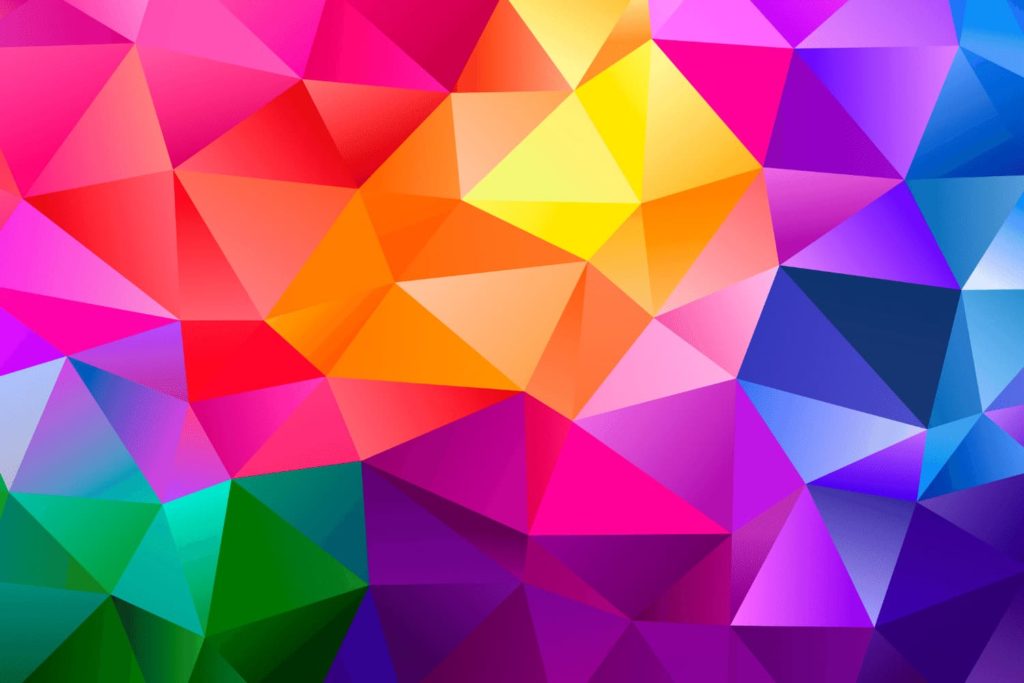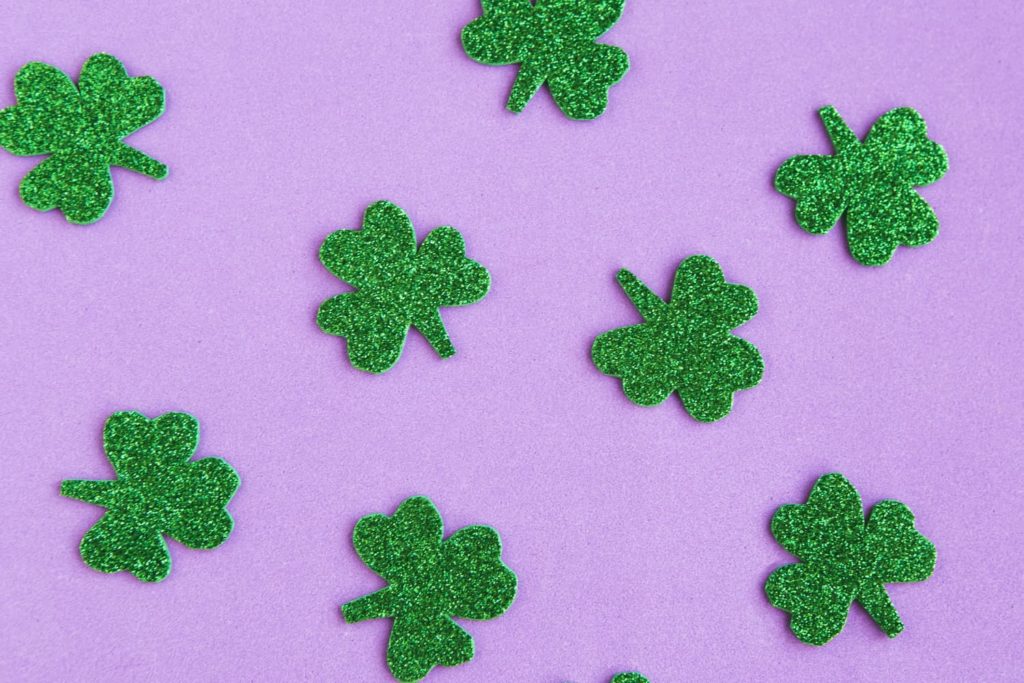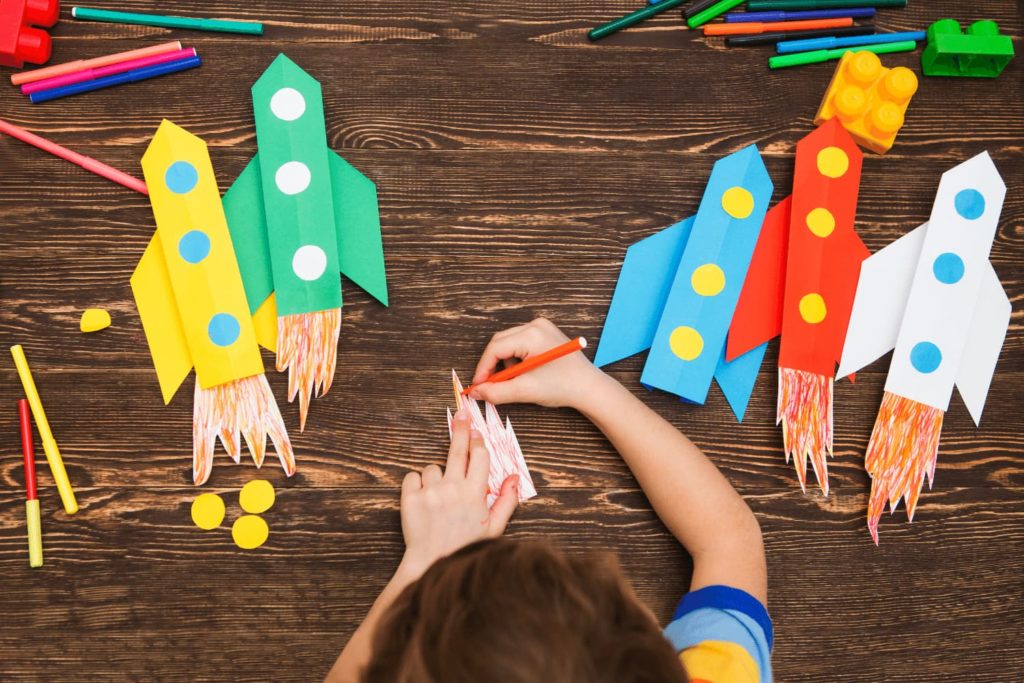
Color and Creativity
I loved to experiment with color as a child and only wanted to create things if they were bright and colorful. I knew that color was meaningful, and although I couldn’t put words to it when I was young, I began to realize that there were associations with specific colors: red signaled danger and blue communicated sadness; orange was the Halloween color and pastels were for springtime. These types of connections are different from one culture to another, but within a given society, these associations are powerful. Because of this, color gives us a special opportunity to express our creativity.
Note: Throughout this post I make reference to color associations within a very generalized North American culture. Color connections exist within all societies, so the types of creative actions I describe in this post are possible with variations within cultures and subcultures around the globe. I challenge you to find ways that you can apply the techniques I describe given your own culture’s associations with color.
Color and Connections
If connections between colors and concepts are powerfully bound within a culture, then how might we go about being creative in this realm? We may recall that a shorthand definition of creativity is the ability to make new connections that are somehow useful. In terms of color, for example, if we make heart-shaped decorations out of red and pink paper for Valentine’s Day, it would not be a new color connection, as those colors are already closely associated with that particular holiday. Red and pink hearts might be traditional and even “nice,” but they wouldn’t be considered creative. Making hearts out of brown and orange paper, however, would not necessarily be creative either, unless there was a particular reason for and usefulness in making the decorations out of those colors. We must remember that the two requirements for something to be creative is that the connections be both new and useful.
New and Useful Celebrations
Making connections with colors that are both new and useful, and therefore creative, may seem like an abstract concept. A helpful example, appropriate for the season in which this particular blog post is being written, has to do with St. Patrick’s Day. There is probably no other popular holiday in North America that is as connected to a specific color as St. Patrick’s Day is with the color green. One would be hard pressed to find a physical manifestation of the holiday that doesn’t feature that color. Why would anyone want to connect a color apart from green with St. Patrick’s Day? In terms of creativity, the only reason would be if that connection was somehow useful.

The utility of connecting another color with St. Patrick’s Day came into focus in my home this year. My husband’s favorite holiday is St. Patrick’s Day, so we always do something special for the occasion. We hoped to have a small get-together, but the COVID pandemic would not permit; we did put some thought, however, into our little celebration for two. While green is the color that we would normally use for decorating, this year we had reason to add another color into the mix. Purple is my favorite color, and we had leftover napkins and cake decorating sugar from my last birthday party. In order to put a different twist on our celebration, we put out alternating napkins of purple and green, decorated the frosted cupcakes with green and purple sugar, and added a purple belt to our green-clad leprechaun decoration. The result was a unified look that met the two requirements for creativity: we had never decorated for St. Patrick’s Day with purple before, so it qualified as a new connection, and it was also useful because it allowed us to use up leftover birthday decorations.
Colorful Connections Beyond Celebrations
Apart from holidays and celebrations, what are other ways in which we use color in our daily lives? For those of us who are not professional visual artists, our clothes and the decore of our homes, offices, and other spaces are probably the most common ways that we employ color. These are all opportunities for creativity, but there are other uses that depend on our individual life circumstances, family situations, and careers.

The examples of creative uses of color that I see most often in my professional life come from university settings. Because I have worked at colleges for decades, I have noticed that school colors are used ubiquitously in flyers and advertisements around campus. If an institution’s colors are red and white, for example, a vast amount of promotional material is designed in those colors. This is so much the case that a new red and white advertisement simply fades into all the rest. A flyer using a bright shade of blue with gold accents will stand out in a sea of red and white. This color combination would be new, or at least not typical, and also useful as the blue and gold would bring added attention to the event advertised.
How do you see color used in interesting ways in your surroundings? How do you yourself utilize color in your daily life? I invite you to try using color more creatively in the coming week by employing novel combinations that are also useful to you.